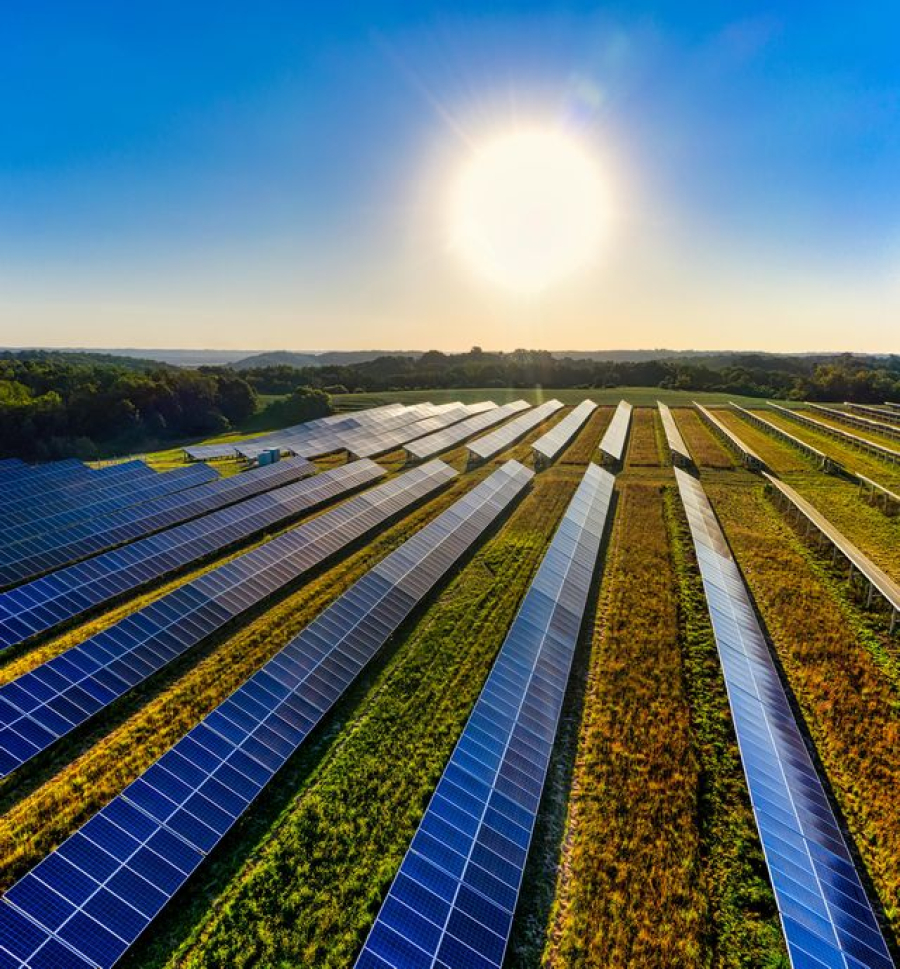Harnessing Solar Power to Harvest Water from the Air
Researchers at Shanghai Jiao Tong University have developed a revolutionary solar-powered atmospheric water harvesting technology that holds immense potential for addressing water scarcity in arid regions. The key to their success lies in a super hygroscopic gel synthesized using plant derivatives and hygroscopic salts. This gel boasts an unparalleled water absorption capacity, with one kilogram of dry gel capable of adsorbing 1.18 kilograms of water in arid environments and up to 6.4 kilograms in humid conditions.
What sets this technology apart is its simplicity and cost-effectiveness, making it suitable for large-scale production. Unlike previous challenges faced by researchers, where injecting salt into hydrogels led to reduced swelling capacity, this new gel maintained excellent swelling and salt-trapping properties even with high salt content.
"This atmospheric water harvesting technology can be used to increase the daily water supply needs, such as household drinking water, industrial water, and water for personal hygiene," explains lead author Ruzhu Wang.
Innovative Design for Optimal Water Recovery
The research team also introduced a prototype featuring desorption and condensation chambers configured in parallel. They incorporated a turbofan in the condensation chamber, achieving a remarkable recovery of desorbed water exceeding 90%. Notably, outdoor prototype demonstrations revealed the system's ability to release adsorbed water even in weak sunlight conditions, demonstrating its reliability throughout the day.
Looking ahead, the team aims to further enhance the system's performance by achieving simultaneous adsorption and desorption using renewable energy. This optimization will maximize daily water yield per unit mass of adsorbent, ensuring practical applicability in water generation.
Beyond Drinking Water: Diverse Applications
The implications of this technology extend beyond addressing drinking water needs. Sorbent materials with atmospheric water harvesting capabilities could find applications in dehumidification, agriculture irrigation, and thermal management for electronic devices. As over 2.2 billion people currently reside in water-stressed countries, innovations like these play a crucial role in shaping a sustainable future.
Stay tuned to IWConf.org for more updates on groundbreaking technologies that promise to transform the landscape of water-related solutions. Together, let's explore and promote innovations that make a positive impact on water accessibility and sustainability worldwide.
Source: American Institute of Physics














